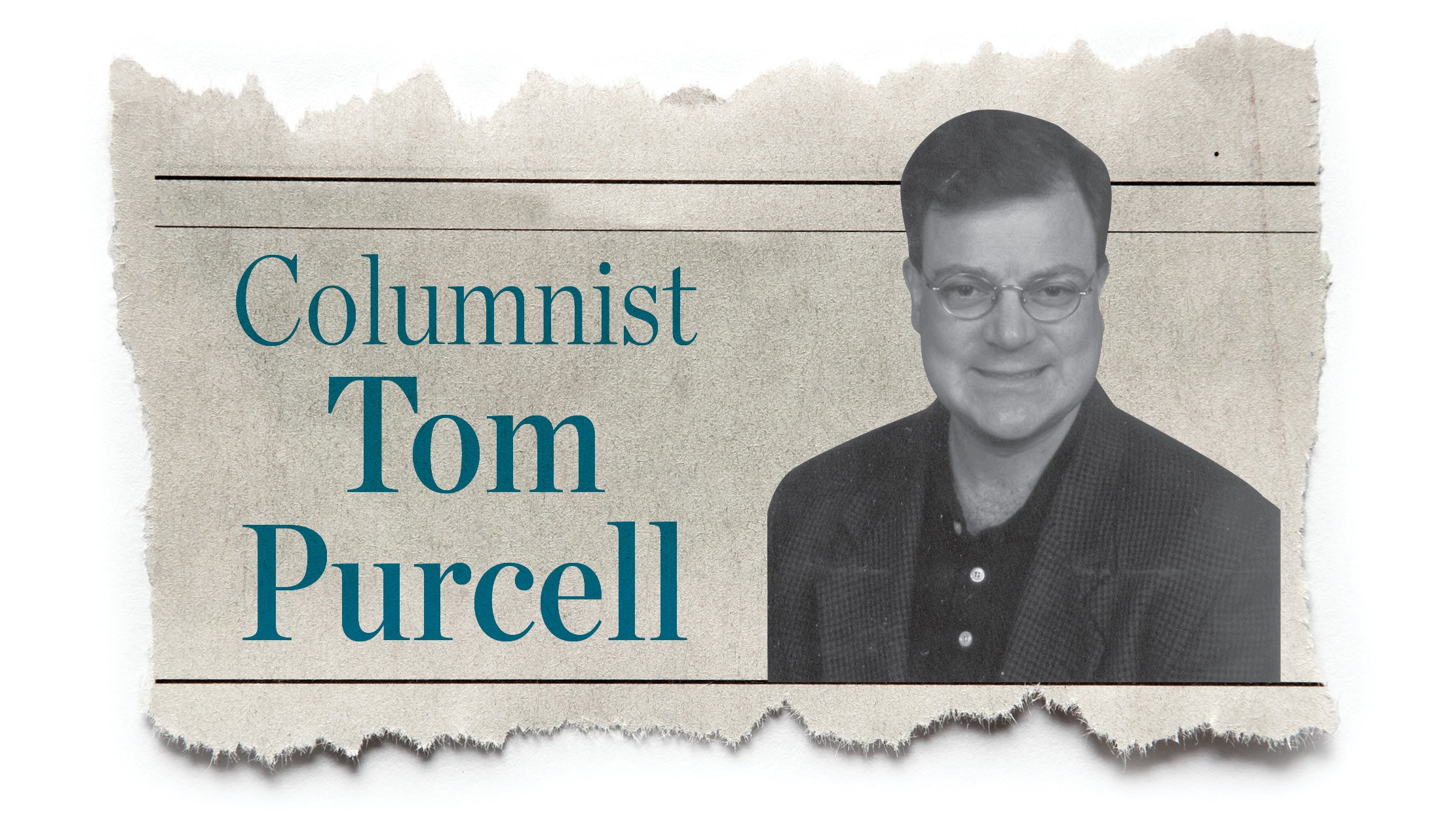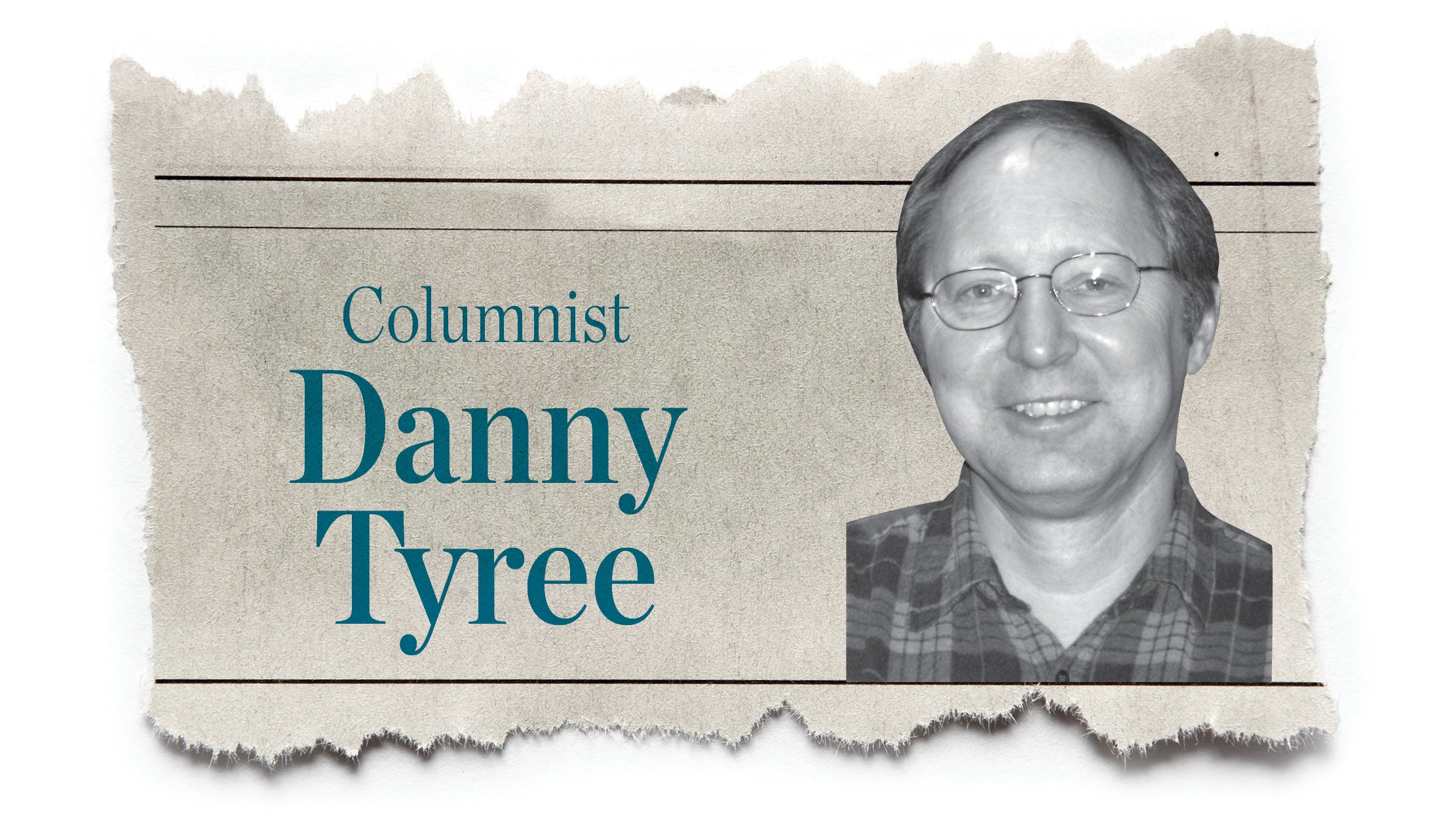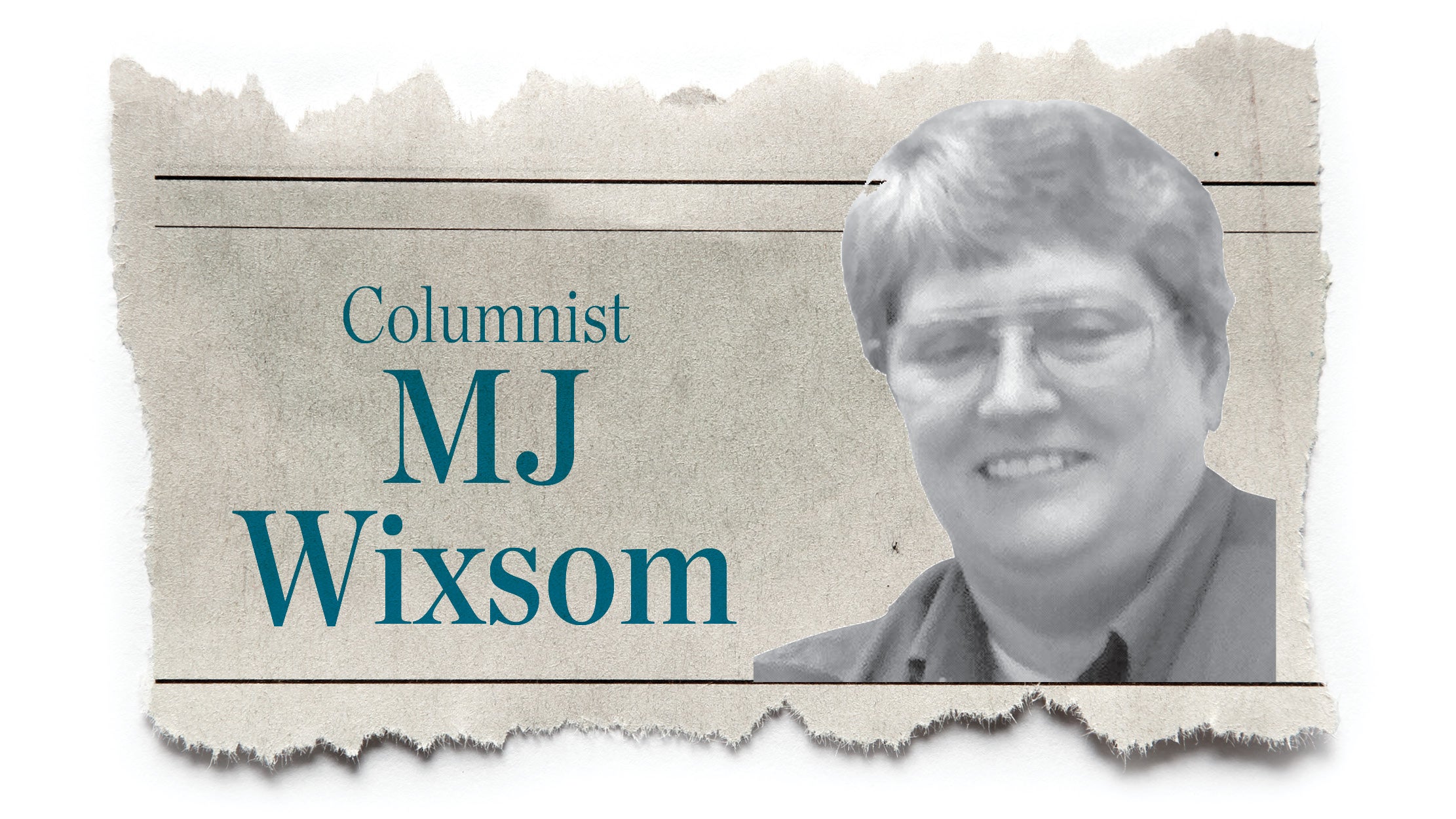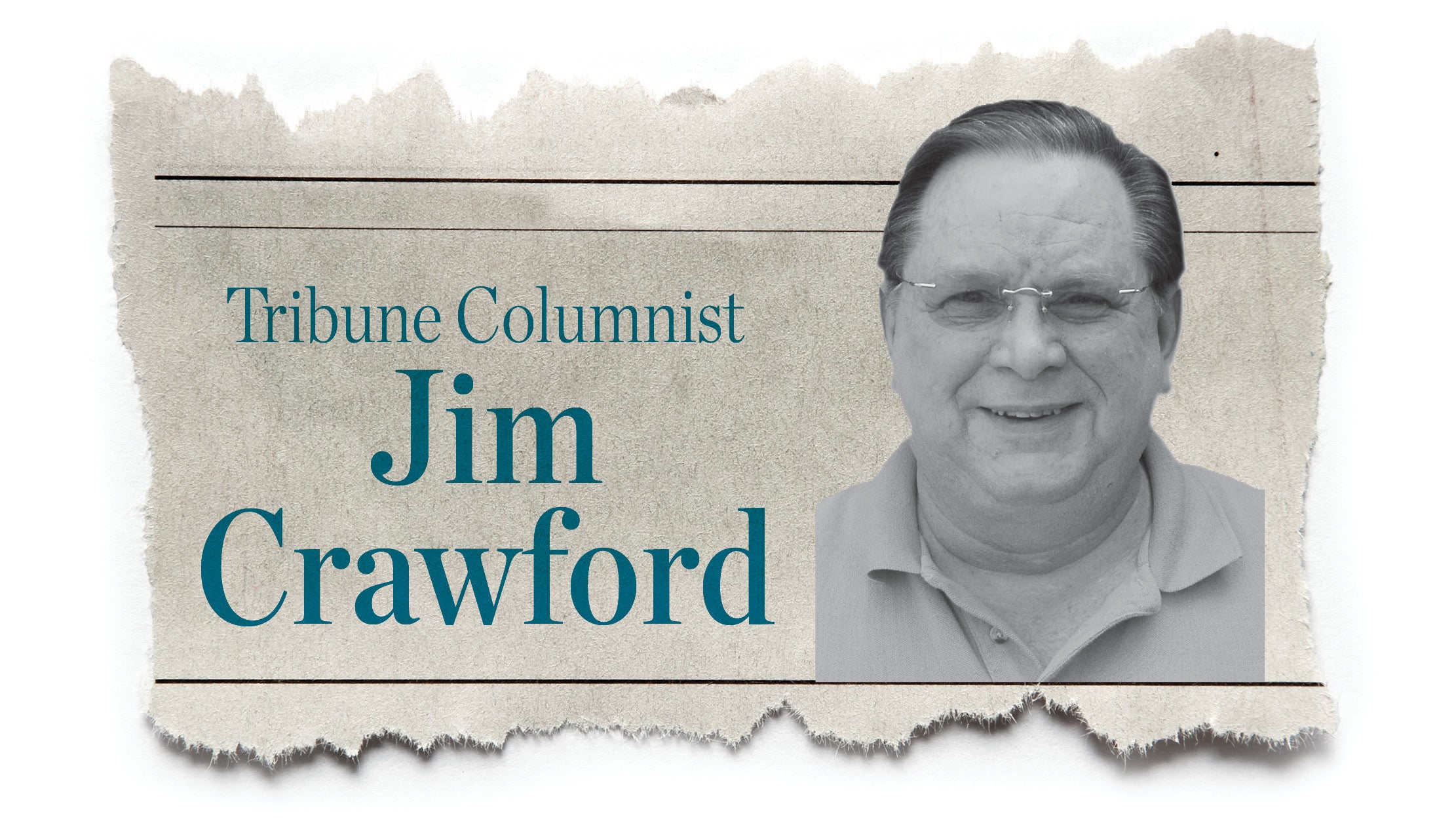Partnerships needed to solve drug woes
Published 10:33 am Wednesday, September 16, 2015
After I had knee surgery last month, I was prescribed the same pain killers that are subject to abuse and illegal drug sales. I took one the first night, but knowing the potential danger associated with taking too many opioids, I left the rest unused. I have heard of and seen too many situations where people started taking pain medication after an injury, became addicted, and then turned to heroin once the pill addiction became too expensive. I plan to take the rest of my prescription to the DEA’s drug take-back on Sept. 26.
The drug prescription take-back, now in its 10 year, is a successful effort to loosen the grip that opiates have on our communities. Since 2010, Ohioans have disposed of more than 185,000 pounds of unwanted and unused prescription drugs in this initiative.
We’ve prosecuted, and continue to prosecute, those responsible for major pill mills in our area. Doctors who once saw more than 20 customers per day – charging them upwards of $200 in cash for each visit to feed their addiction to prescription pills – are now facing or serving up to 20 years in prison. One physician is serving four life sentences for illegally distributing pain pills that resulted in the deaths of users.
Pain clinic operators are also commonly ordered by the court to forfeit the millions of dollars they profited from their victims.
While we have succeeded in shutting down a number of pill mills, we have not solved the problem of addiction. Once their pill supply is cut off, opioid addicts often turn to heroin, which is cheaper, easier to find, and gives a more potent high faster. Media reports quote studies stating that 80 percent of heroin users started with pain pills. As a result, the number of heroin-related overdoses is rising to staggering levels.
In Hamilton County, for example, there have been more than 695 fatal overdoses since 2012. Overdose deaths resulting from a combination of heroin laced with fentanyl, a synthetic opiate used in anesthesia to prevent pain after surgery and other procedures, drastically increased, from four in 2013 to 46 in 2014. Fentanyl-only overdoses increased from seven deaths in 2013 to 92 deaths in 2014.
Ohioans set a record for heroin overdose deaths in 2012 at 1,914, only to top that record at 2,110 in 2013, according to coroners’ reports. Overdoses have been the leading cause of accidental death in Ohio since 2007. The trend continues in 2015.
At the federal level, we’re pursuing the most prominent dealers and sentencing them to prison terms anywhere from 10 years to life. In Dayton we’re engaged in a newly formed Heroin Involved Death Investigation Team, which is an initiative focused on holding heroin and fentanyl suppliers accountable for contributing to individuals’ deaths. Our law enforcement partners are investigating overdoses as homicides, and we are willing to prosecute accordingly.
But we know that we can’t just arrest and prosecute our way out of a heroin epidemic and that it’s imperative that partners like boards of health, hospitals, addiction services and other public health agencies help those addicted individuals who need access to services.
A new holistic and collaborative effort in Hamilton County is aimed at doing just that. Its goals include a multi-pronged approach with greater affordable treatment options and increased public education to deter abuse at the front end. In Columbus, a drug death review committee lead by the county coroner and including medical, service and law enforcement personnel is working to get a complete picture of those who overdosed.
Opiate addiction knows no boundaries in terms of neighborhood, ethnicity, income level or religion. People from all walks of life are losing their lives to this addiction. Families across Ohio are being torn apart in their efforts to cope with loved ones who have fallen victim. This isn’t just a law enforcement issue, it’s a public health crisis, and we need to address it as one.
My criminal chief might have put it best when he recently said we all need to look in the mirror, and then we need to look behind it. Please use pain medication extremely carefully, and safely dispose of any unused painkillers. You could be saving a life.
For a list of take-back events near you, visit www.dea.gov.





